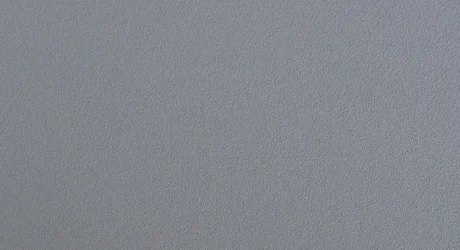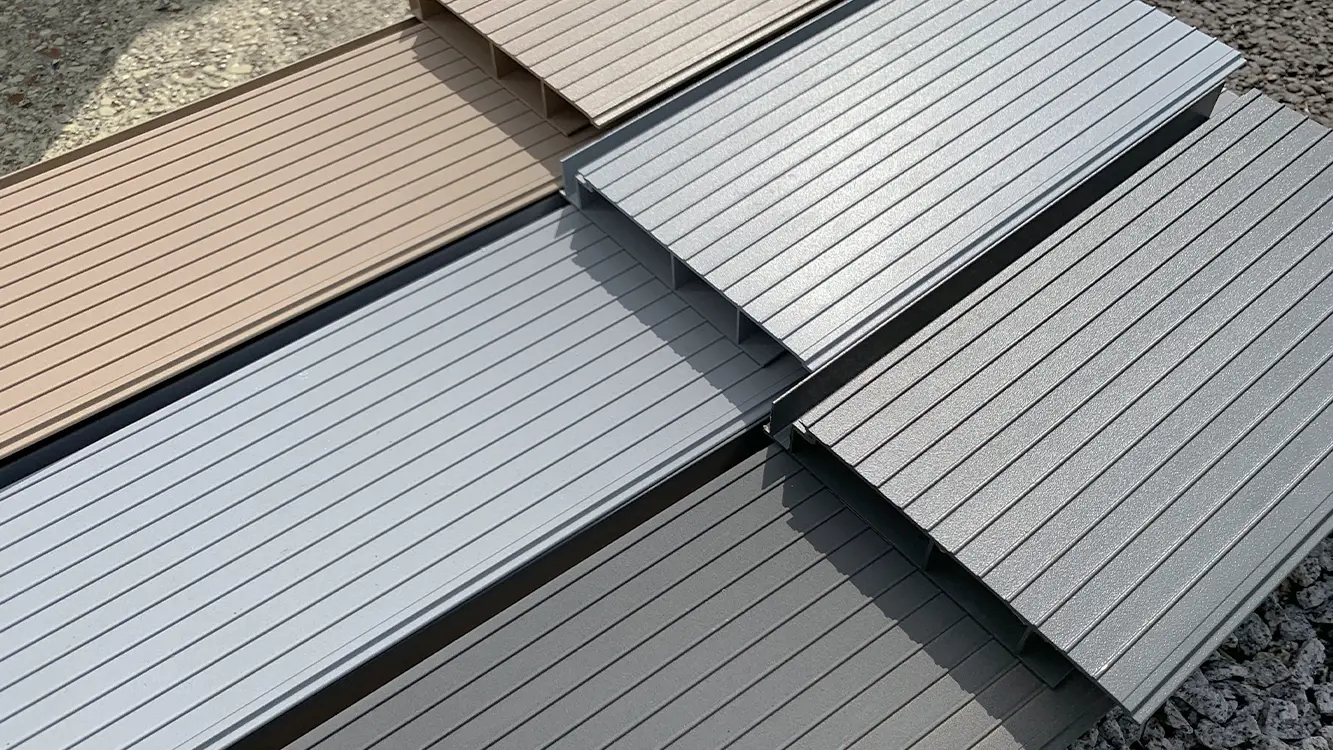What to consider when understanding the latest UK government regulations on fire safety of aluminium cladding:
Outstanding Fire Resistance
On 10 February 2021, Secretary of State for Housing, Communities and Local Government announced additional funding of £3.5 billion for the removal of combustible cladding on high rise blocks of 18 metres and above. Where cladding needs to be removed from lower and medium rise blocks, the Government intends to develop a long-term low interest loan scheme under which “no leaseholder will ever pay more than £50 a month towards the removal of unsafe cladding”, but there is still uncertainty from homeowners about cladding regulations. The proposed loan scheme will apply to blocks between 11 and 18 metres, but there are calls for the government to go even further to protect residents and property owners. If you have a cladding remediation project, Dura Cladding Aluminium may be able to help.
The classification system defined in BS EN 13501, which Dura Cladding Aluminium is tested to, is quickly becoming the primary recognised standard in the construction industry. Some competitors may reach Class A2 when tested specifically with certain fire rated barriers but fail when following their own install guide (due to lack of airflow). Our tests are conducted to replicate a genuine site install, rather than being fixed to a fire rated barrier. Customers can have confidence that our aluminium cladding satisfies current fire legislation; with testing carried out in an environment that closely resembles that of an actual installation for the avoidance of doubt, to meet the required safety standards.
Understanding Government Regulations
When considering the suitability of the cladding materials used on your project it’s critical to first understand the latest regulatory guidance issued by the local government. In the UK all buildings have a minimum fire rating specification based on the height of the building, which is required by law. The Building (Amendment) Regulations 2018 states that building work shall be carried out so that materials which become part of an external wall are of European Classification “A2-s1, d0” or “A1”.
These classifications are taken from BS EN 13501-1:2018, Fire classification of construction products and building elements – Classification using test data from reaction to fire tests. Other fire test methods and national classifications (typically specified in the BS 476 series of documents) are no longer recognised when selecting materials for residential buildings over 18 metres; BS EN 13501 is the only route to compliance. BS EN 13501-1 provides the reaction to fire classification procedure for all construction products, including products incorporated within building elements. Products are considered in relation to their end use application. BS EN 13501-1 separates these types of products into three categories, which are:
- Construction products, excluding floorings and linear pipe thermal insulation products
- Floorings
- Linear pipe thermal insulation products
In an update to previous guidance, the advice note issued on 20 January 2020 included a clear requirement for ACM cladding with an unmodified polyethylene filler (category 3) to be removed from residential buildings at any height, and when used in combination with any form of insulation. The Independent Expert Advisory Panel has concluded that this cladding material represents a significant fire hazard on residential buildings of all heights. The latest advice from the government on remediation is contained in the document: building safety advice for building owners, including fire doors (January 2020). This combines, updates and replaces all previous advice notes issued by the Independent Expert Advisory Panel.
Dura Composites’ aluminium cladding is designed to achieve the classification of A2-s1, d0, in recognition of its low smoke volume and the absence of droplets in the event of a fire. These attributes, combined with its limited contribution to flame spread mean that if a building was ablaze, firefighters’ visibility would be less impeded, increasing response speed. In addition, the unique composition of Dura Cladding Aluminium prevents spontaneous re-ignition when the source of the flame is removed – further enhancing its safety properties. The combustible materials ban applies whenever building work is within the scope of Building Regulations i.e. new construction and refurbishment projects. It will also apply when a building not currently within the scope of the ban undergoes a change of use that means it falls within scope, at which point the external walls should be brought in line with the new requirements.






